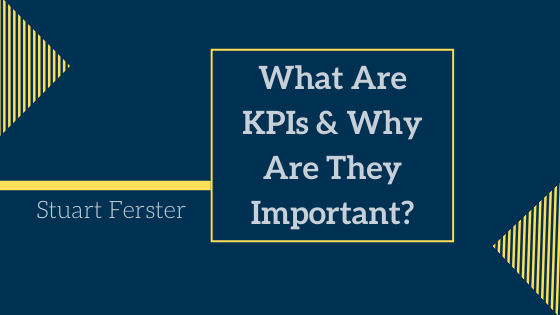Every business has goals that they want to reach. Some companies want to increase website traffic and engagement, whereas others want to boost annual revenue. But for any company to achieve their goals, they must understand what those goals are and how to define them. Choosing the right KPIs can help you accomplish this.
What are KPIs?
Think of KPIs, or key performance indicators as tiny milestones you or your company monitors while striving towards your end goal. Depending on your goals, you create these small milestones, which you can analyze to tweak your strategy.
Why You Need KPIs
Creating KPIs offers both you and your employees a slew of benefits. In addition to giving employees a clear picture of your long-term goals, they also help develop a feeling of community among employees. When everyone is one the same page and is working towards the same goal, it creates unity.
When it comes to revenue goals, KPIs are probably the best way to create, monitor, and re-strategize your company’s game plan. For instance, if your main goal is to boost website traffic by 10 percent via social media platforms, you can create specific KPIs that focus on social shares, CTRs (click-through rates), and website traffic sources. Using these specific KPIs gives insight into what is working and what you need to take back to the drawing board.
Choosing the Right KPIs
Determining which KPIs to use relies heavily on your goals, both short-term and long-term. It also depends on what stage your business is at. KPIs for a large enterprise are far different than the ones set forth by a startup. Early-stage KPIs usually center around the business model and making sure that it’s valid. For well-established companies, KPIs often revolve around customer lifetime value.
Final Thoughts on KPIs
While the idea of monitoring these tiny bits of information can seem futile at times, KPIs are valuable pieces of information every company needs. The key to success is starting out slowly. Choose at least four you think are essential. When it comes to KPIs, sometimes, less is more. Consider where your company is and use that information to define your KPIs to fit your goals.

